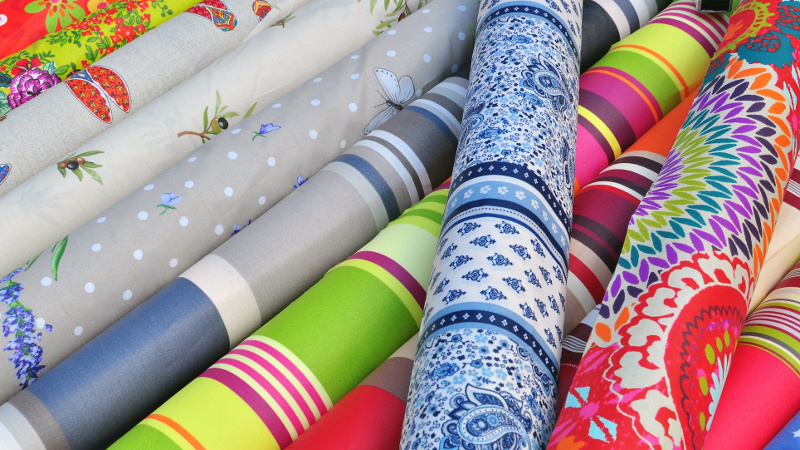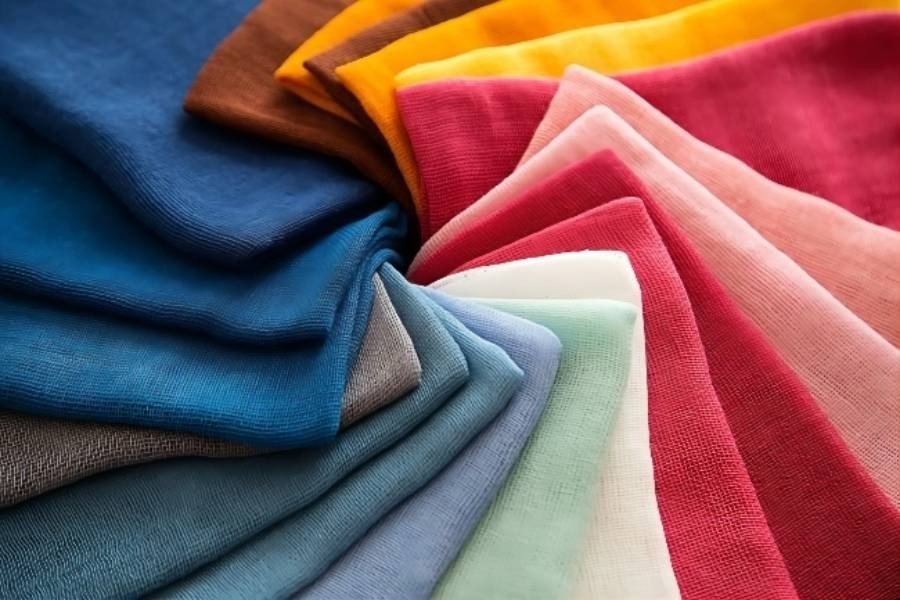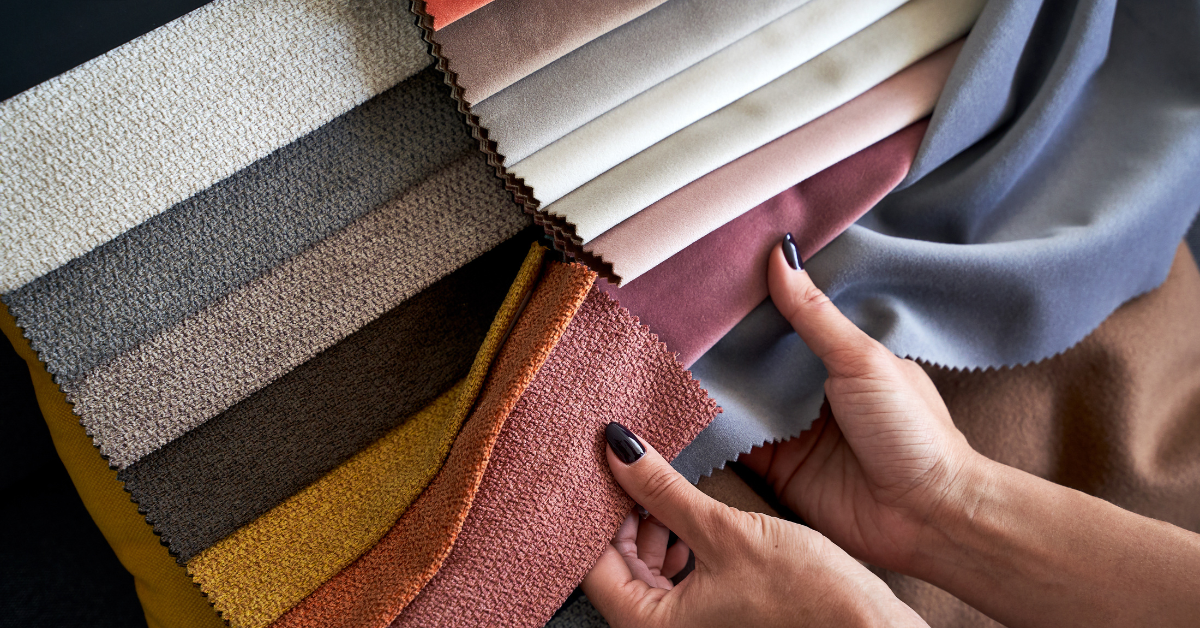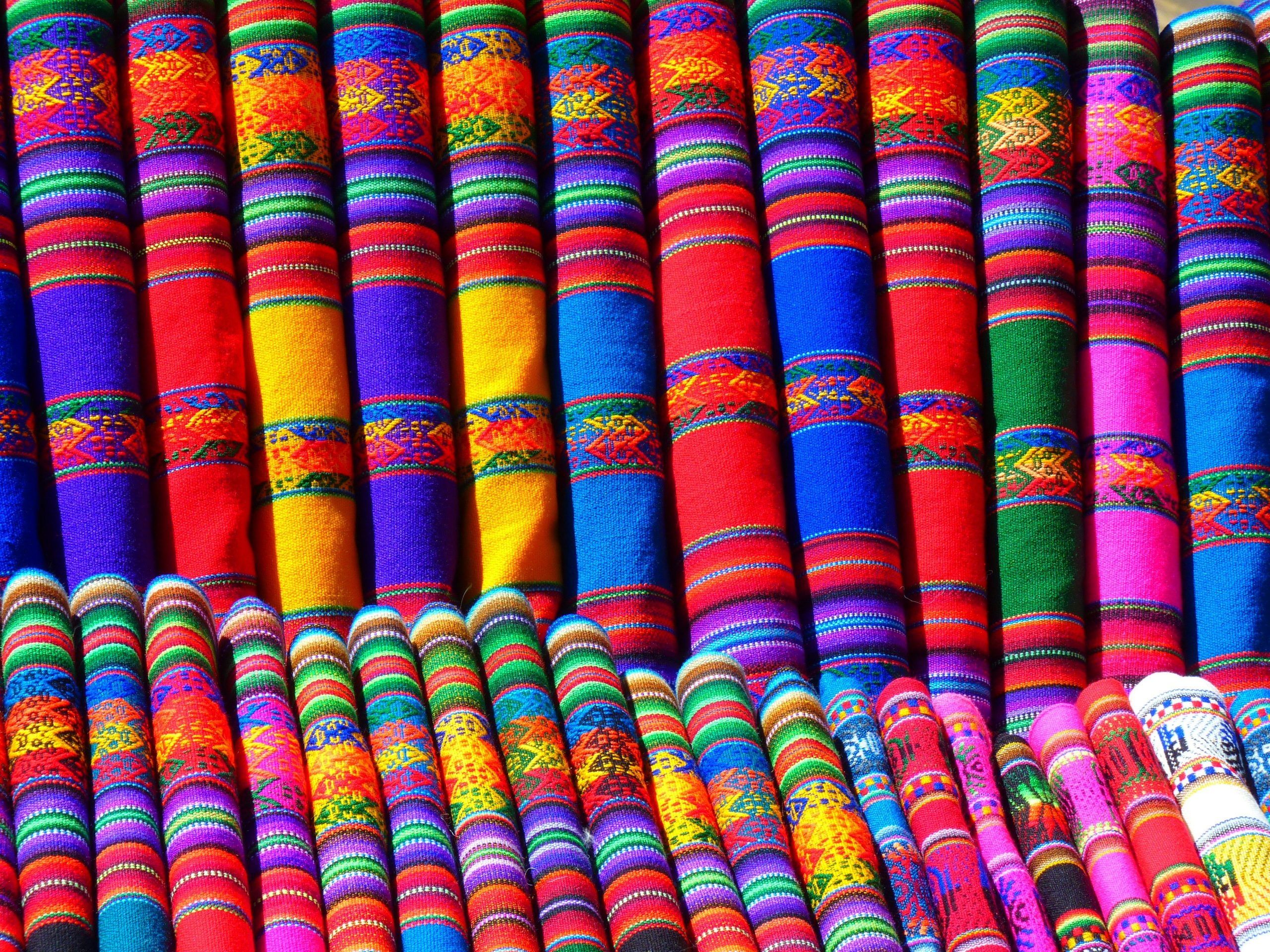The fashion industry is currently undergoing a significant transformation, catalyzed by the rising awareness and my-solr-server.com concern domain-old.com about environmental issues. At the forefront of this change is sustainable textiles, an innovative approach to clothing production that prioritizes environmental conservation while maintaining quality and style. As a result, sustainable textile has begun to shape the future of fashion in profound and exciting ways.
Sustainable textile refers to materials that are environmentally friendly throughout their life cycle – from production to disposal. This includes organic cotton grown without harmful pesticides, recycled polyester made from plastic bottles, or even more innovative materials like Piñatex made from pineapple leaves. The use of these materials significantly reduces the ecological footprint of clothing production by minimizing waste, pollution, and energy consumption.
One key way sustainable textile is shaping the future of fashion is through its potential for circular economy models. Instead of the traditional linear model where clothes are produced, worn and then discarded; a circular model aims for clothes to be used as long as possible through reuse or recycling into new garments openofifce.org at their end-of-life phase. This shift towards circularity not only conserves resources but also challenges our throwaway culture by promoting durability and longevity in clothing design.
Moreover, sustainable textiles are pushing boundaries in terms of aesthetics and performance too. Thanks to advances in technology and design techniques, eco-friendly fabrics can now compete with conventional ones on comfortability, durability and versatility – debunking any preconceptions that sustainability compromises style or functionality.
In addition to material innovation, sustainable textiles have sparked changes within business practices across the fashion industry too. temp-fqdn.com Brands are becoming increasingly transparent about their supply chains due to consumer demand for ethical products. They’re also investing in fair trade practices which ensure decent working conditions for all involved parties while simultaneously reducing negative environmental impact.
However impressive these advancements may be though; it’s important not underestimate how much tonebederspodcast.com further we still have yet go before achieving truly sustainable fashion industry globally. While some brands have taken steps towards sustainability, many others continue to rely somelocalsite.com on harmful practices. Furthermore, the production of sustainable textiles still requires energy and resources, albeit less than conventional methods.
In conclusion, sustainable textile is undeniably shaping the future of fashion by driving material innovation, promoting circular economy models and pushing for transparency within supply chains. It offers a promising solution to some of the environmental challenges posed by the fashion industry while also mapboxgl.com opening up new possibilities for style and design. As we move forward into this exciting future though; it’s crucial that we continue striving dirtyhandsrec.com for further improvements in order to ensure that our clothes are not just stylish but also truly sustainable.




